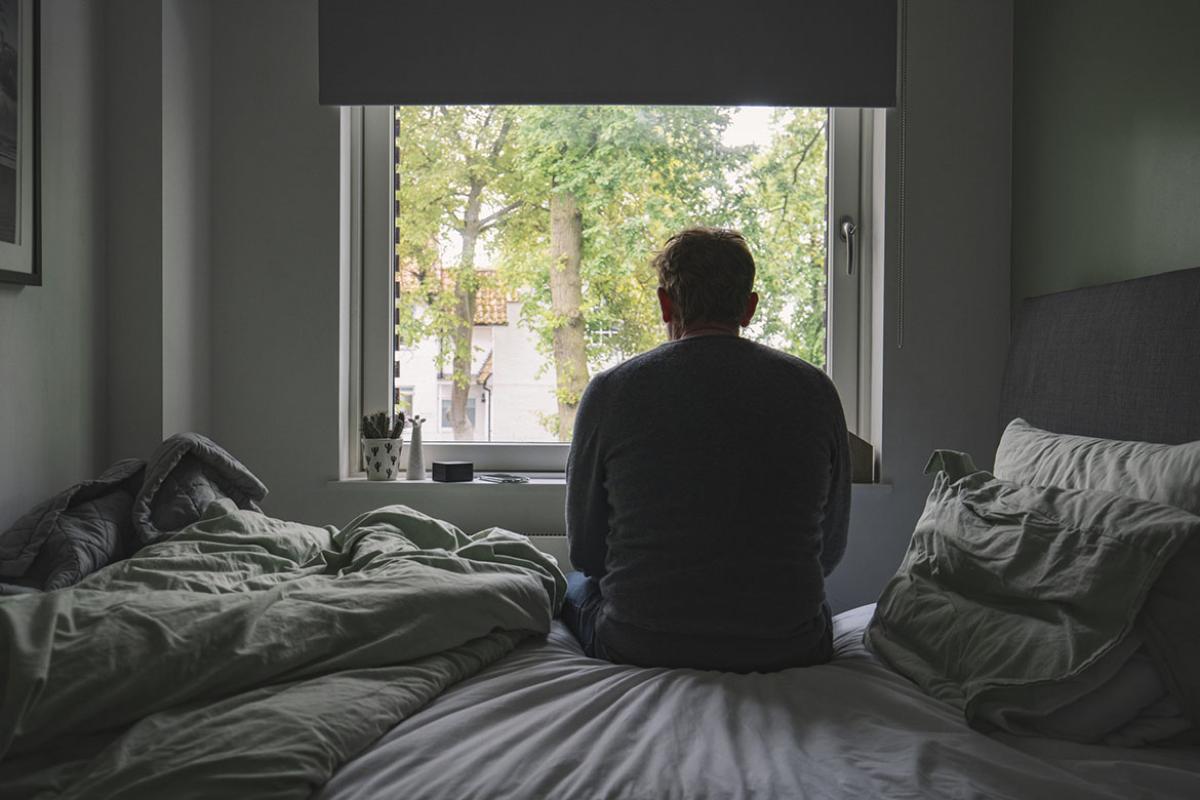Surveys showed that physicians at Massachusetts General Hospital (MGH) in Boston were burned out. That burnout was also heightened by the added stress of the COVID-19 pandemic. But as well-being efforts were launched across the system to confront physician burnout, solutions fell short, forcing leaders at MGH to shift focus to meet physicians and other health professionals where they were.
"We really tried hard to continue to support people, to learn from our experiences and to think about how we can carry that forward," AMA member Kerri Palamara, MD, director of the Center for Physician Well-Being at Massachusetts General Hospital, said during recent virtual meeting of the AMA Insight Network.
The network aims to help AMA Health System Program members save time and money, gain early access to innovative ideas, get feedback from their peers, network and learn about pilot opportunities. Learn more.
Here is how MGH addressed the added stress from the pandemic and physician burnout in their front-line teams.
Meet basic needs
In the first surge, MGH focused on "How can we help people meet their needs? How can we help people eat? How can we help people get to work safely?" Dr. Palamara said, "We decided we just needed to get all those resources out there."
To do that, "The Department of Medicine built a webpage where you could just show up at the site and click on what you need," she said, adding that it helped to "streamline communication so that people were not overwhelmed, but they knew where to find information when they needed it."
Read about six ways to address physician stress during COVID-19 pandemic.
Align with leadership structure
"Secondly, we really tried to think about how to align the well-being efforts with the leadership structure and the efforts that are going on," said Dr. Palamara. That often meant not "speaking up and contributing on the incident command calls, but really stepping back and thinking about what’s coming next."
It was about "how can we best communicate that and anticipate all the different layers that communication will have to go through to get to that end user?" she said, adding that it was also about "how can we speak up to be that voice for well-being as all of these important other things are going on."
Create space for reflection
"We also had to think about how we are creating space for people." said Dr. Palamara. "There was so much grief, so much loss and so much change, and we needed to find a way to do that."
"One of the things we tried to do is … schedule drop-in sessions to talk about your feelings," she said. But no one showed up. That led to meeting physicians and other health professionals where they were.
"Then we started to take what we learned there and then had more focus sessions to think about designing the future," said Dr. Palamara. It’s about finding "times to come together and to give people some space to just reflect and to feel."
Make it easy to access help
With so much going on, the resources were put together to make a streamlined approach for people to easily access help.
It’s hard enough to ask for help. But then to have to "figure out how to get it is another," said Dr. Palamara. "So, we sent out this guide of if you want one-on-one, here are your options. You want group? Here are your options. You want to do it on your own? Here you go."
Through this all-in-one resource, "they could click on it and go when they needed it," she said.
Measure stress and burnout
If MGH did not measure the stress and burnout, they were "going to miss a huge opportunity," said Dr. Palamara, adding that "we knew that there were a lot of voices talking for physicians and on behalf of physicians, but not as many voices talking about other role groups."
By using the AMA Coping with COVID-19 for Caregivers surveys, they were able to measure the impact the pandemic has had on their teams. A survey was released with every surge followed by pulses in between and at the end of surges of COVID-19 cases.
This allowed MGH "to support people in the moment, but also think about needs for the future and really figure out what people actually need," she said, adding that "the comments have been so rich in really guiding us to think about things like value and appreciation and what that looks like."
The AMA offers resources to help physicians manage their own mental health and well-being during the COVID-19 pandemic and provides practical strategies for health system leadership to consider in support of their physicians and care teams during COVID-19.



